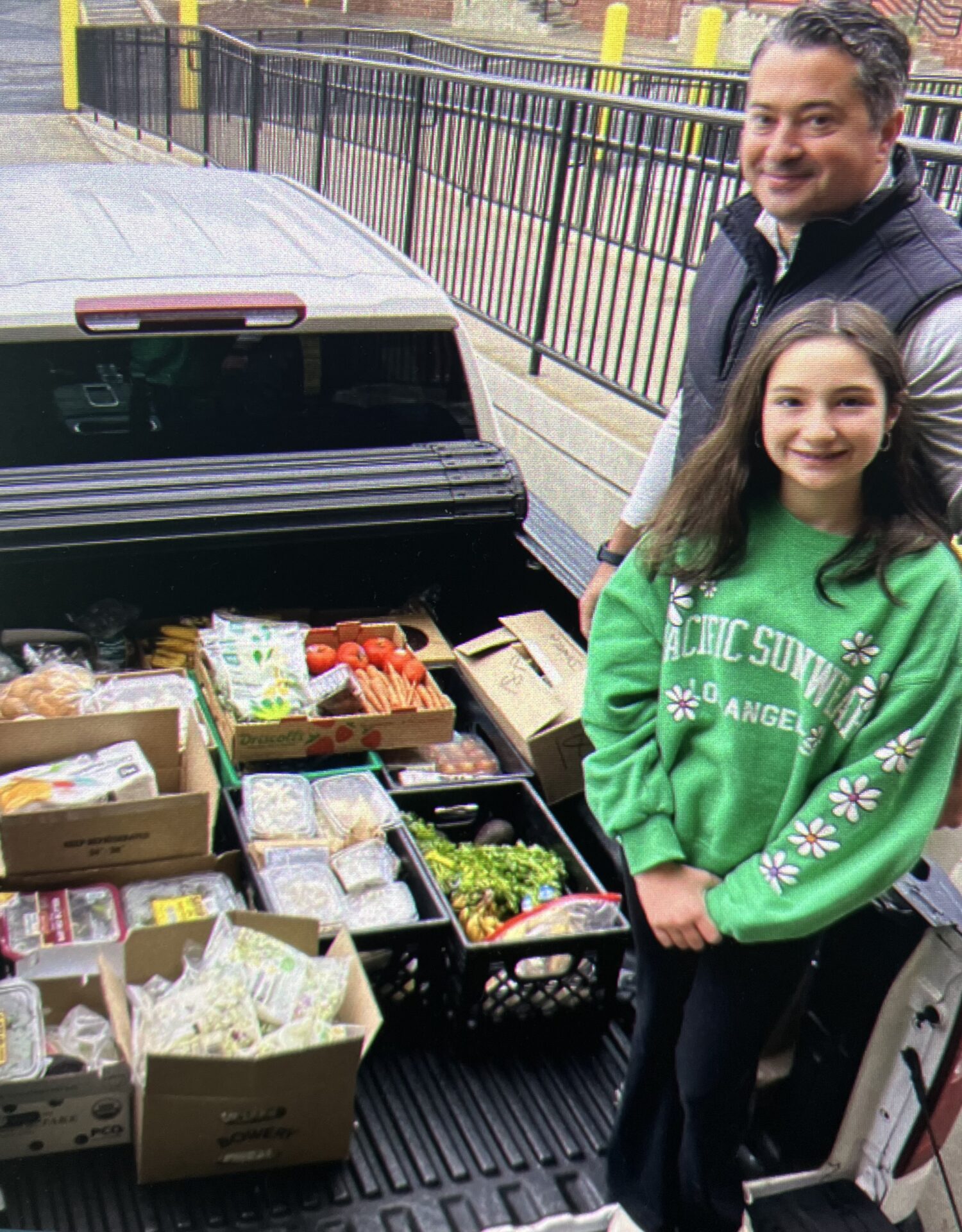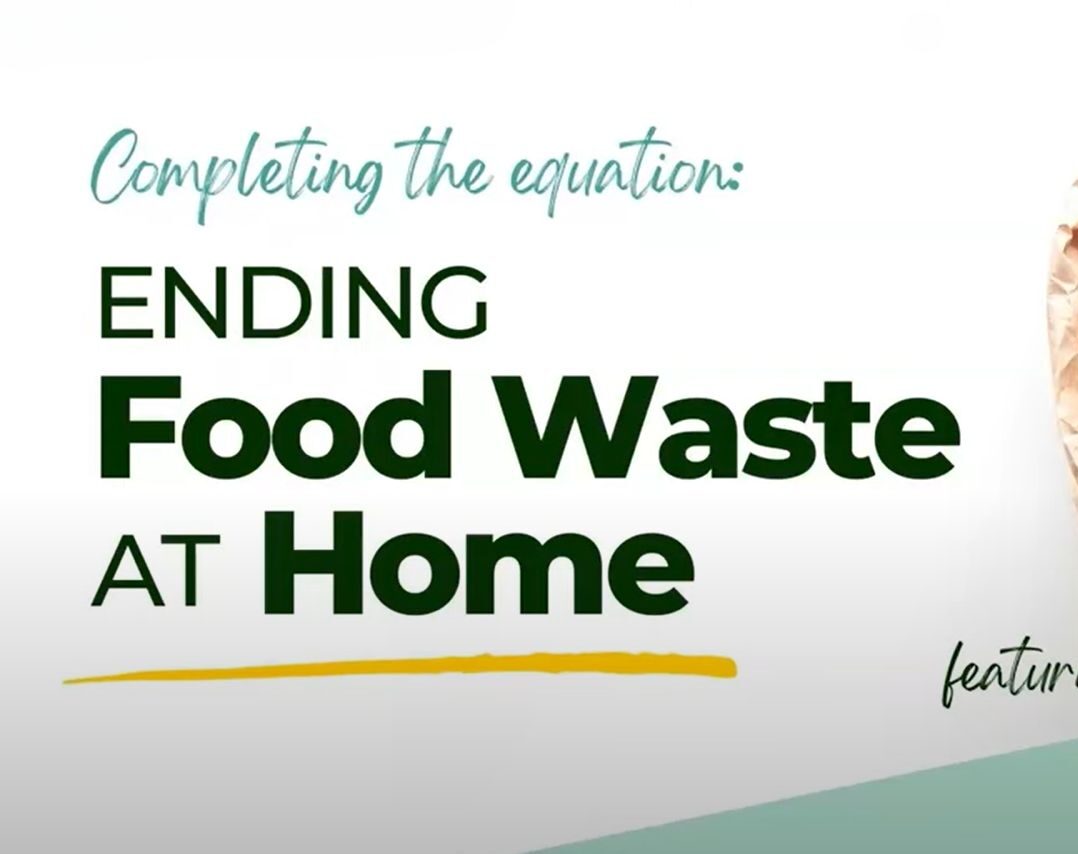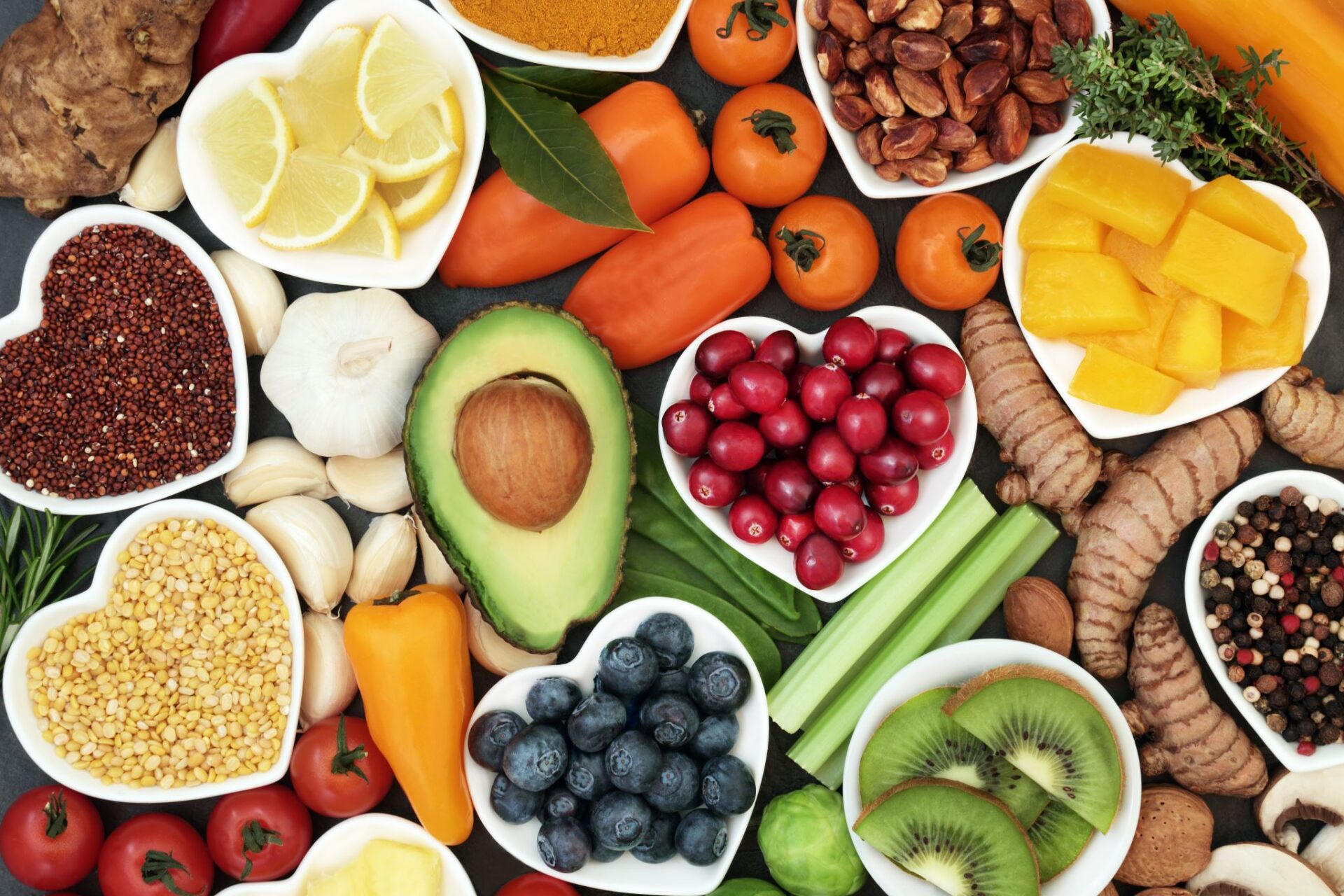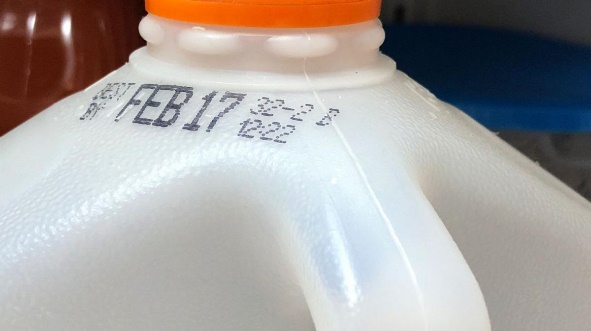
Blog
How Can Obesity and Food Insecurity Co-exist?
We’ve all thought it. “How can someone who is hungry or needy be overweight? Clearly, they’re eating something.”
It’s true, but these diametrically opposed concepts make more sense than you might think. It seems counter-intuitive yet some of the highest populations of overweight/obese individuals live in low-income communities.
Obesity rates among US adults are at 34.9% or 78.6 million citizens, 40-59 year olds have the highest rate of obesity at 39.5%. Medical costs for obesity, nation-wide, are $147 billion and obese adults have annual medical costs that are $1429 higher than normal weight adults annually. In New Jersey, the obesity rate was 23.7% in 2011, by 2030 it is projected to be 48%. Weight-related diseases will go up 10 times by 2030. NJ will see the highest increase in health related costs to 34.5% in that timeframe.
You want more numbers? They really make the point. Here you go…in NJ over the next 20 years there are projected to be:
971,383 new type 2 diabetes cases
2,087,173 new coronary heart disease and stroke cases
2,177,679 new hypertension cases
1,418,265 new arthritis/musculoskeletal disorder cases
308,039 new obesity related cancers (breast, colon, endometrial)
And while all Americans face similar challenges when it comes to health and lifestyle; we are all subject to the same influences of a sedentary lifestyle and over-sized food portions, victims of it really. So it’s easy to question what distinguishes this group of people. Low income individuals face a number of additional issues that create the link between food insecurity and obesity. In addition to the systemic issues below, those facing poverty often work longer hours and have multiple jobs, eat on the run and have less time for physical activity.
- Fewer Resources and Access to Nutritious Affordable Food.
- Low income neighborhoods do not have full service grocery stores or even farmer’s markets where low cost fruits, vegetables, low fat dairy and whole grains are available for purchase.
- When transportation is limited or non-existent, families are forced to purchase groceries at convenience stores or bodegas where nutritious options are limited, low quality and expensive.
- Poverty and food insecurity are associated with lower food expenditures, low fruit and vegetable consumption and lower-quality diets due to the low cost of energy-dense foods (foods composed of refined grains, added sugar, and added fats) and may be reinforced by the palatability of sugar and fat that make up most of these foods. They just taste better than healthier options and are made that way intentionally.
- Cycles of Food Deprivation and Overeating
- Skipping and stretching meals when food is scarce and overeating when food is available contributes to weight gain.
- These cycles can lead to a preoccupation with food and cause metabolic changes that promote fat storage like yo-yo dieting.
- Feast or famine among women is a direct predictor of obesity in children. The strongest and most consistent evidence of this connection is in low-income women.
- High Stress Living
- Financial and emotional pressures of food insecurity, low wages, lack of healthcare, poor housing and transportation, community violence, along with so many other stresses, through research, have been shown to be linked to obesity particularly when the stress is chronic.
- Sleep deprivation requires more calories to keep going, energy-dense foods provide that fullness and quick pick-up but the lack of nutritious food and physical activity keeps stress levels high.
- Higher Rates of Exposure to Obesity Inducing Products and Marketing
- Low income households are exposed to more marketing and advertising for products like sugary drinks, fast food, television and video games that encourage less activity and unhealthy food options than any other demographic.
Illness like type 2 diabetes, heart disease, arthritis and cancer disproportionately burden those with limited resources, racial-ethnic minorities (except Asian-Americans) and the poor. These diseases are largely preventable by addressing the above issues, including the reduction of regular physical activity, also shown to be a result of lower-income neighborhoods.
Without access to healthy food options, managing weight and lifestyle become nearly impossible and the implications are life-threatening. By helping to provide more nutritious food options to lower-income individuals and families we have the opportunity to reverse these projections. Working to lower the BMI of New Jerseyans by just 5% would save in health care costs by 7.4% or $1,391,000,000 by 2030.
The decks are certainly stacked; Government agencies are struggling to find ways to assist the increasing need. This post is part one of two addressing obesity and food insecurity. Next month we’ll explore how children are affected by the phenomenon. Fortunately, organizations like Table to Table are introducing new ways to level the playing field and get fresh, nutritious foods into areas where they’re needed most. We will be sharing with you the details of our newest project, designed to directly bring much needed fresh produce into the neglected areas of Newark. Visit www.tabletotable.org to learn more about who we are, who we help and how we do it. Like us on Facebook for more information about our Newark project, spring events and ways you can help.
More From News
April 16, 2024
Q & A With Julie Kinner
April 15, 2024
Reducing Food Waste Everyday
February 28, 2024
Table to Table Tips for Reducing Food Waste
REAL PEOPLE, REAL STORIES.
February 12, 2024
Helpful + Tasty Ways to Stay Heart-Healthy
In addition to celebrating Valentine’s Day, there’s something else to love about the month of February! It’s also American Heart Month, a...
January 18, 2024
By Being in the Know, You Can Reduce Food Waste
Reducing food waste is a critical part of our mission and work at Table to Table. By rescuing fresh, nutritious food that...
August 21, 2023
This Fall, Choose Culinary Excellence that Helps Our Community
Indulge your senses and make a difference in the lives of our hungry neighbors in New Jersey by attending the highly anticipated...













